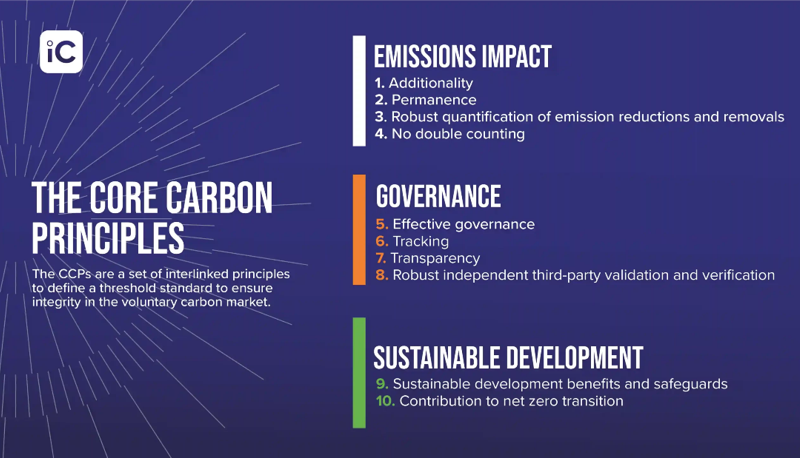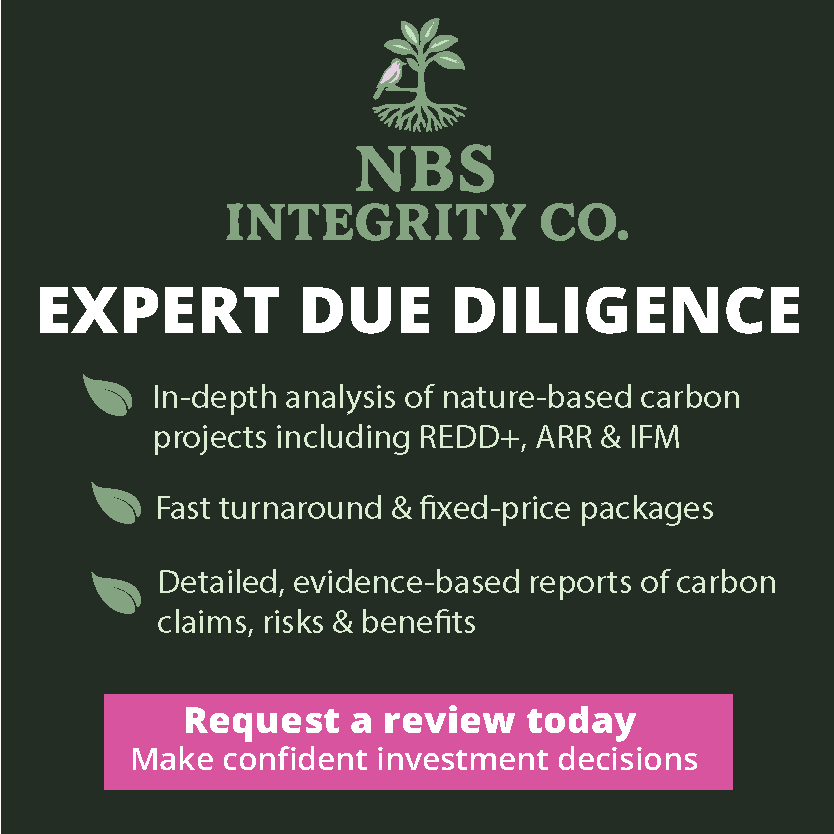By Max DuBuisson, VP Sustainability Policy and Engagement at Indigo Ag
Your great grandfather and grandmother knew that age-old farming practices that had been handed down through generations, such as planting cover crops and using diverse crop rotations, resulted in healthy soils, resilient crops, and a sustainable farm business. What they didn’t know, or certainly weren’t as concerned about 100+ years ago, was how these sustainable practices are also critical in sequestering carbon from the atmosphere and making farms more resilient to the impacts of climate changes and extreme weather. Through the 20th Century the global agricultural system went through a massive transformation and many of these practices were reduced or abandoned. To solve climate change we now recognize that another transformation is needed, in part requiring a return to old ways of doing things, built on modern advances in science, technology, and agronomic data analysis, but this time viewed through the holistic lens of sustainability.
According to the latest IPCC report, agricultural soils represent an opportunity for almost 4Gt of net emission reduction per year by 2030. We’ve mentioned this figure before, but it remains an incredibly important figure for understanding agricultural soils in the context of global climate mitigation.
Source: IPCC
Luckily, recent years have seen significant advances in science, technology, and policy which, taken together, means the time is now for high integrity crediting of ag soil carbon projects at scale. Even though there have been many ag carbon projects of different types for many years, those related to cropland management activities have tended to be either small in scale, narrowly focused (e.g., only N2O from fertilizers), or of questionable scientific rigor (e.g., no accounting for uncertainty). Concerns around quantification and permanence continue to haunt the sector, despite significant advances. More recent, innovative project protocols from the Climate Action Reserve (Soil Enrichment Protocol) and Verra (VM0042) provide rigorous guidance for aggregating field-level management and soil data up to project-level estimates of performance. This careful management of different types of data and components of the quantification at different levels of aggregation is key to ensuring farmer incentives are aligned with climate performance, while also managing the variability and uncertainty in dynamic, biological systems. Advanced remote sensing algorithms enable validation of farmer-sourced data as well as long term monitoring for permanence. User-friendly software enables data collection at scale and implementation of protocol requirements through auditable logic.
There are now more than 100 projects around the world implementing one of the two innovative offset project protocols for agriculture that were adopted in 2020. Corporate carbon buyers are increasingly interested in nature-based solutions and many, especially those whose businesses touch some part of the food, feed, fiber, or biofuel supply chains, are especially interested in sourcing high integrity credits from agricultural projects. However, with multiple programs and protocols under the category of agricultural carbon crediting, buyers need clarity on what high integrity means for this sector. The truth is that not only do high quality ag carbon credits take significant time and effort to develop, but market prices have not risen high enough to motivate widespread farmer participation in stringent, high-integrity programs, so there are not yet significant volumes available for purchase.
To assist buyers and others, we at Indigo Ag used the Integrity Council on the Voluntary Carbon Market’s (IC-VCM) Core Carbon Principles (CCPs) to develop the following guide to explain some of the nuances of high integrity crediting for ag soil carbon. We aren’t going through every single CCP, but rather only those with unique considerations for agriculture.
Source: ICVCM
Core Carbon Principle Unique considerations for agriculture
1. Additionality
“The greenhouse gas (GHG) emission reductions or removals from the mitigation activity shall be additional, i.e., they would not have occurred in the absence of the incentive created by carbon credit revenues.”
The “project activity” in an agricultural soil carbon project is defined very differently from that of an industrial emission reduction or renewable energy project. We are asking farmers to not only change their management systems in the face of both real and perceived costs and risks, but we need them to continuously follow through with those changes over many years. As we discuss in a position paper published in May of last year, the decision process for farmers is more than economic. There are often significant social and cultural barriers. Moreover, the risk calculus is complex, often subjective, hyper-local, and quite personal.
The protocols we work under employ a combination of timing constraints, social and cultural barriers analysis, and common practice assessments to arrive at determinations of additionality. Simple financial additionality assessments are inappropriate in this context for a handful of reasons: the economics are constantly shifting, even during a single crop season; when you aggregate hundreds or even thousands of farmers into a single project the necessary generalization erodes meaningful assessment; and such assessments are inherently subjective and ripe for gaming.
2. Permanence
“The GHG emission reductions or removals from the mitigation activity shall be permanent or, where there is a risk of reversal, there shall be measures in place to address those risks and compensate for reversals.”
Agricultural soil carbon storage must be considered in a very different context than geological storage or even forest carbon. The IC-VCM sets a minimum horizon of 40 years for continued monitoring, reporting, and compensation (note that some programs, such as the Climate Action Reserve, require longer commitments of over 100 years).
For agricultural soil carbon we are concerned not with the longevity of individual carbon molecules in the soil, but rather the net soil carbon stock change over time. Not only that, but individual fields are aggregated together into a single project, possibly across millions of acres, and the permanence should be managed at the project level. In this regard, the project is like a bank, with each field representing an individual bank account. The project activities are providing tools and incentives for the farmers (the account holders) to increase their deposits and decrease their withdrawals. But we’re dealing with a complex interplay between natural and human systems, so the net change in the account balance across a given year is also subject to exogenous forces such as weather and commodity markets. Regardless, if the practice changes are truly beneficial to the soil and to the farm as a whole, the net result across the entire project will be stable or increasing year over year.
Buyers should seek aggregated projects that are able to manage this complexity and are honest about the fact that there will be negative results for some fields each year. They must also have systems in place for monitoring, reporting, and compensating on potential reversals for fields that have ended their crediting period, but not yet their total monitoring commitment.
3. Robust quantification
“The GHG emission reductions or removals from the mitigation activity shall be robustly quantified, based on conservative approaches, completeness and sound scientific methods.”
There are multiple approaches for quantification of soil carbon stock changes over time, including direct measurement, biogeochemical models, and emerging technologies, such as remote sensing models. At present, the ideal balance of cost and scientific rigor involves a hybrid approach that combines direct soil sampling and modeling. It can take 3-5 years between soil samples to identify statistically significant trends in soil carbon stock change, but models allow for annual crediting. The direct sampling serves to initialize the model and ground the quantification in the reality of the project area. Measurement alone would also require that additional land be set aside as control plots in order to quantify the baseline stock changes. Modeling allows for the use of dynamic, counterfactual baselines without holding any land back from transitioning to sustainable practices.
However, models do require significant amounts of high quality experimental data to support calibration and validation of the crops, practices, and regions contained within the project (see here for more details). In many parts of the world these data are not yet available, so measurement is the only option. If high integrity ag soil carbon quantification is going to reach its full potential, we need to see much greater investment in well-designed, long term research trials to generate the experimental data needed.
While there are some emerging approaches, such as the use of algorithms to estimate soil carbon content using vegetative indices derived from remotely sensed data, it is important that these methods be thoroughly vetted and, importantly, held to the same high standard for calibration, validation, and calculation of uncertainty. When implemented properly they hold immense promise for faster and more cost-efficient soil carbon quantification in the future.
Buyers should ensure that the approach used for credit generation, regardless of method, is thoroughly supported by current science. There must be published evidence of the accuracy of the method, and transparent information about the calibration, validation, and calculation of uncertainty.
4. No double counting
“The GHG emission reductions or removals from the mitigation activity shall not be double counted, i.e., they shall only be counted once towards achieving mitigation targets or goals. Double counting covers double issuance, double claiming, and double use.” High quality carbon crediting programs already have many measures in place to protect against various forms of double counting. A unique challenge with agriculture is that there are often multiple different incentive programs available to farmers and a piece of land may end up enrolled in more than one program, whether intentionally or not. A growing issue is how to ensure there is no double counting between offset projects and supply chain accounting programs. Indigo’s approach to this (FieldFlex) is to offer both types of programs and track field participation over time in a centralized and transparent manner.
The starting point for a high-quality project is that farmer contracts must be clear about limits on participating in multiple programs. We also believe that the industry must go farther and adopt systems for tracking land participation in ecosystem service markets in order to flag potential conflicts before credits are generated. Indigo has collaborated with IETA, Chia Network, and SpaceKnow to launch just such an effort. Another potential solution is the Varda Global FieldID. Ultimately, these solutions are not widely in use, but as they roll out, buyers should seek credits from projects that use these tools to prevent double counting.
8. Robust independent 3rd-party validation and verification
“The carbon-crediting program shall have program-level requirements for robust independent third-party validation and verification of mitigation activities.”
All high integrity credits must only be issued following rigorous, independent, ex-post verification against recognized standards. Specifically, such verification should be conducted by accredited validation and verification bodies (VVBs) to at least a standard of reasonable assurance.
However, for credits generated through the use of models, it is imperative not only that those models are only deployed following rigorous calibration, validation, and quantification of uncertainty, but also that these steps are independently reviewed and approved by qualified, independent experts. The validation reports must also be made public to allow for scientific scrutiny and comparison across projects and models.
Examples of guidance for the development and independent review of these reports are available from both the Climate Action Reserve and Verra.
9. Sustainable development benefits and safeguards
“The carbon-crediting program shall have clear guidance, tools and compliance procedures to ensure mitigation activities conform with or go beyond widely established industry best practices on social and environmental safeguards while delivering positive sustainable development impacts.”
Agriculture offers many opportunities for co-benefits beyond climate, such as water quality, biodiversity, resilient food systems, climate adaptation, and improved rural livelihoods. While different buyers may have different priorities when it comes to sustainable development benefits, and different project locations and activities will offer different opportunities for these benefits, the issue of economic benefits to local communities is common across all agricultural projects.
In this context, high integrity ag carbon credits arise only from those projects where a significant portion of the carbon revenues are returned to the farmers in the program, ideally based on their contributions (in order to incentivize outcomes, not just practices). In the Indigo program, farmers are guaranteed at least 75% of the revenue from credits that are sold from the impacts on their field(s).
As discussed at the outset of this article, agriculture is an incredibly important climate solution. However, it is also incredibly vulnerable to the effects of climate change. Luckily, the types of practices that generate carbon credits can simultaneously build soil health in ways that make farms more resilient to climate changes and extreme weather. Healthier soils can have far higher water holding capacity, for example, buffering the farm against both flooding and drought (see more information at the Soil Health Institute).
In addition to this opportunity for scale, agriculture also presents an opportunity for immediate action. No futuristic technologies are required to plant cover crops or transition to no-till. What is needed is to provide sufficient education, agronomic support, and investment to support farmers in the transition to and maintenance of these largely traditional practices that will fulfill farmers’ desires not only to provide for their families through a sustainable farm business, but also to be good stewards of the land on which they depend. Voluntary carbon markets are an effective tool for driving climate finance to unabated sectors, resulting in real, measurable climate mitigation outcomes. Key to identifying high integrity ag carbon credits is understanding some of the nuance and unique conditions that exist in this sector. The market is demanding credits from agricultural land management, but we cannot afford to meet that demand with low integrity credits. Only through high integrity crediting can we ensure that the markets will result in real benefits to the atmosphere, the economy, soil health, and farmer livelihoods.
Any opinions published in this commentary reflect the views of the author and not of Carbon Pulse.






